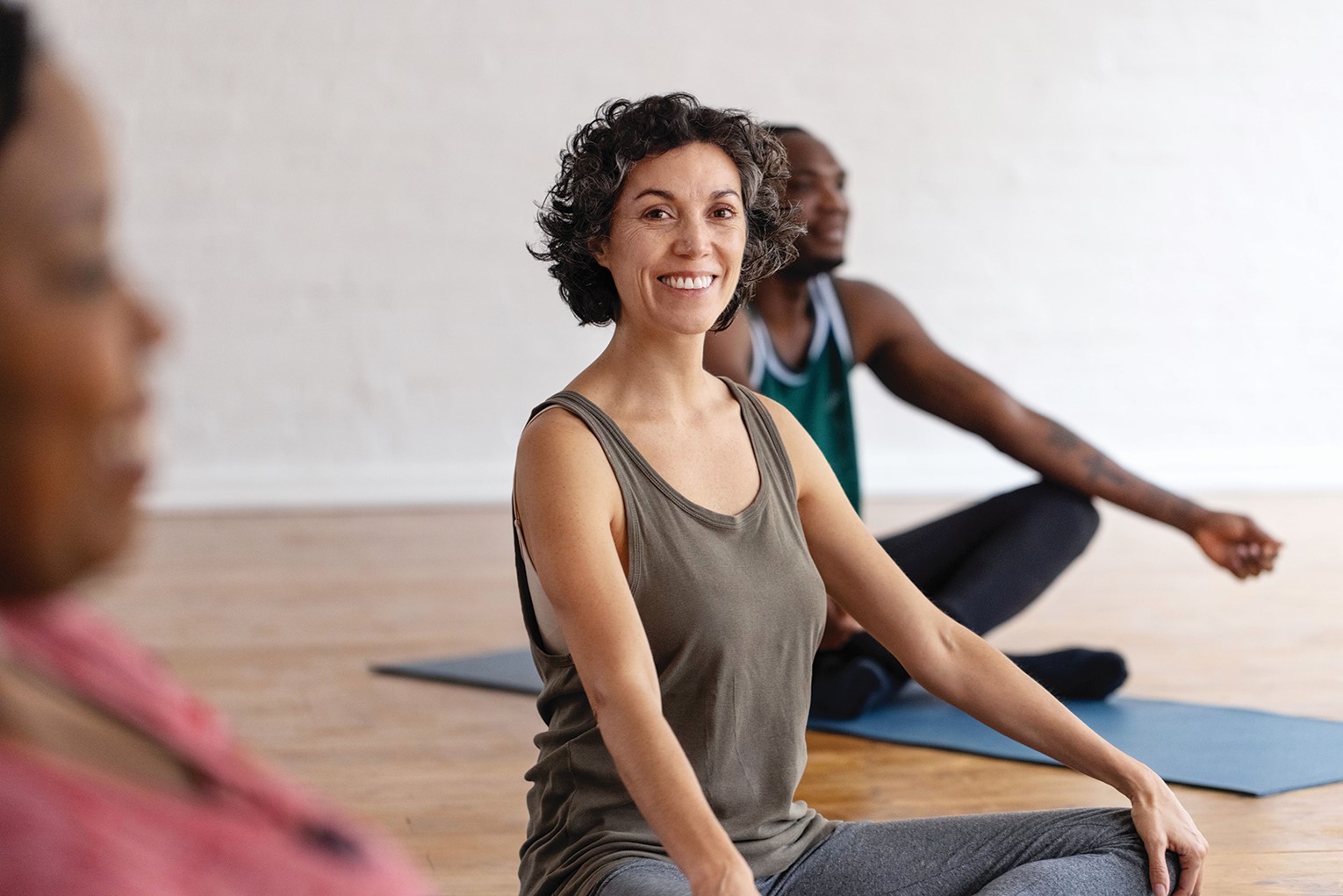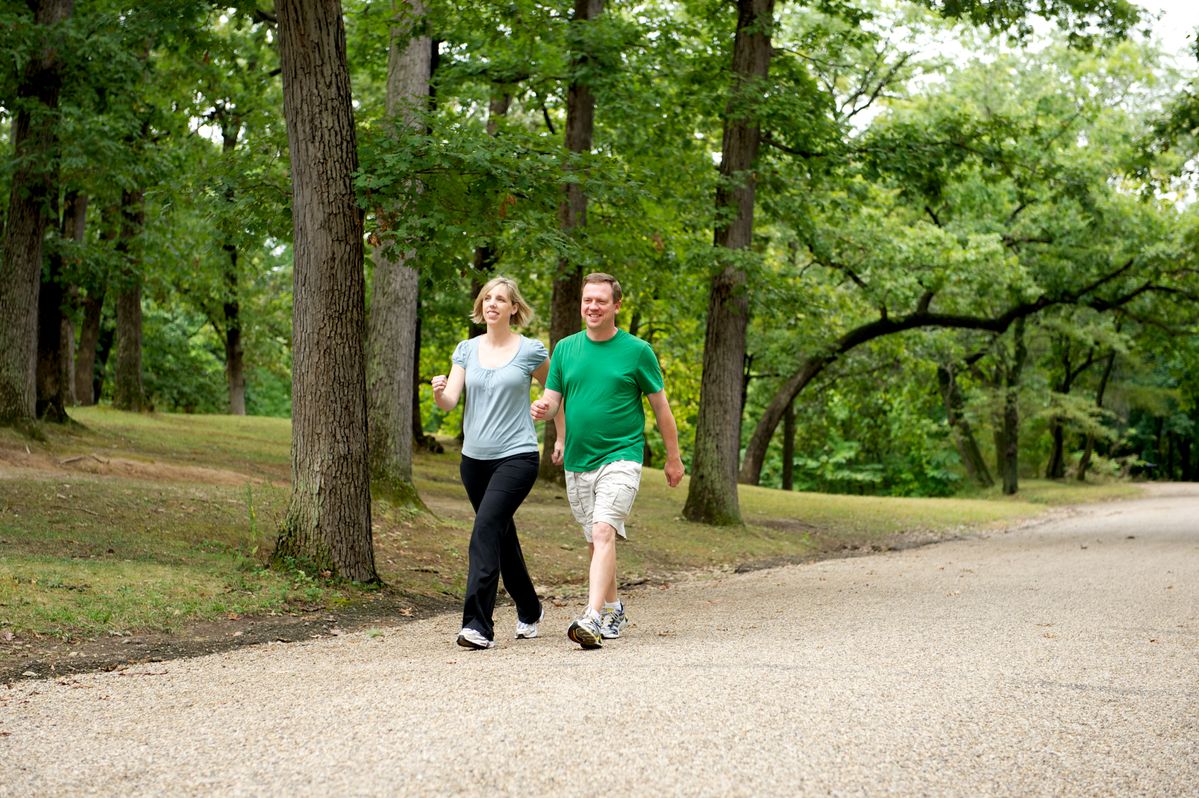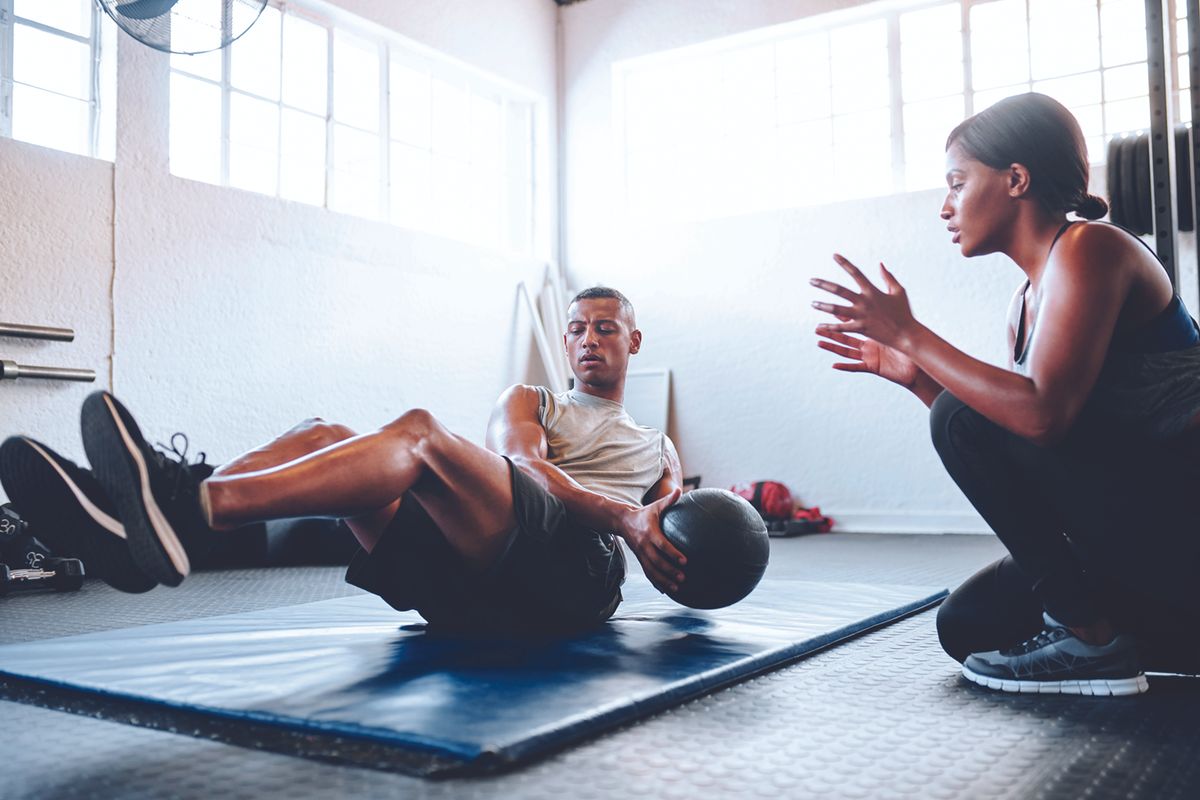Jonesboro Right Now publishes contributed opinion pieces representing both sides of a variety of topics. Opinions presented do not necessarily reflect those of the newsroom or management. To join the conversation, visit the Opinions and Editorials page.
This is the second of a four-part series written by Dr. Shane Speights, Dean of the NYIT College of Osteopathic Medicine at Arkansas State University. Dr. Speights believes diet, activity, sleep and mental wellness are four areas of your life that you need to pay attention to every single day. He writes about activity in this second contribution.
“A body in motion stays in motion, a body at rest stays at rest,” – Newton’s first law of motion

This is very true for human bodies. Our bodies must move for so many reasons, but basic physiology demands it.
For example, the lymphatic system is dependent on physical movement because it doesn’t have the ability to squeeze fluid at all. Without muscle contraction, lymphatic fluid can “pool” in some areas. This can be a reason for swelling in the lower legs.
Reminder: The lymphatic system (made up of lymph nodes, immune cells, antibodies, etc.) is key to your immune system working properly in fighting off diseases and cancers.
Even more striking is the research showing that a sedentary lifestyle (sitting around for extended periods of time) actually shortens your life. We’ve seen more studies on this over the past five to 10 years, and there was a large study that caught everyone’s attention.
It was a study of 481,688 people over a period of 12.8 years that looked at individuals who had jobs where they sit most of the day, defined as six to eight hours. It found that those who sit most of the day had a 16% increased risk of death from any cause, and a 34% increase in cardiovascular disease compared to those who didn’t sit as much.
There is also data linking a sedentary lifestyle to neck pain, back pain, high blood pressure, uterine fibroids, chronic prostatitis, and a host of other issues.
“What if sitting most of the day is just part of my job? Doc, these bills won’t pay themselves.”
I get it, that just means you need to look for opportunities to stay active when you’re not sitting, either before or after work/school. You can also look into a standing desk (I use one of those).
They even make under-the-desk treadmills (I tried one, almost broke my neck while trying to type an email, buyer beware). Taking regular breaks to walk around every 45 minutes if possible, preferably outside, is also something to consider.
Bottomline: Sitting for six to eight hours a day or more will absolutely increase your risk of early death.
How much exercise is recommended?
The World Health Organization (WHO) and the Centers for Disease Control and Prevention (CDC) recommend you exercise at least 30 minutes a day for five days a week for a total of 150 minutes a week.
You should have a goal to engage in diverse exercise – yoga, cardio/aerobic, weightlifting, etc. Don’t get stuck just doing what you like. Men are the worst at just working out arms, chest and back, and then pulling a hamstring walking up a flight of stairs. Diversity in your workouts is important.

Once you hit the age of about 35 you need to start focusing on “injury prevention.” That’s where a yoga class or some type of formal stretching routine can really make a difference. It helps maintain flexibility, so you don’t hurt your back while raking leaves in the yard.
Here’s the issue that sneaks up on most everyone. As we get older, and when we don’t regularly use different muscle groups, our muscles, tendons and ligaments start to contract and become less “stretchy.”
When that happens, it increases the risk of injury and can contribute to chronic pain. That’s why you hurt your neck just turning around to grab something from the backseat of the car or pulled a muscle just reaching over to pick something up.
“I have chronic pain, should I still try to exercise?”
The short answer is “yes, absolutely.” However, the type of exercise you do might be different than the general advice provided here, so check with your physician.
Many studies have looked at individuals with chronic pain (pain lasting more than three months) and found that those who were involved in a regular, consistent exercise program of 12 weeks or longer, saw improvement in their pain and an increase in mobility.
How many “steps” per day is recommended?
The average American gets between 3,000 to 4,000 steps per day. The “how many do I need” question has been all over the board.
Initially, the goal was 5,000 steps per day (less than 5,000 steps a day is considered sedentary), then we heard 10,000 (based on a Japanese study), and more recently it seems to be between 6,000-8,000 steps per day.
There is some variation on the recommendations (e.g. How old are you? Are you trying to lose weight? Are you trying to improve heart function?), but 6,000-8,000 steps per day is a good goal for the average person.
The amount of time it takes for you to get your steps matters, too.
A new study looking at number of steps, and time taken to get those steps, shows that the time matters. It was a study of over 33,000 people and if they got their steps in periods of less than five minutes, five to 10 minutes, 10-15 minutes, or more than 15 minutes.

During the study, after adjustments, those in the “less than five minutes” group had a 5.13% risk of death, while those in the “greater than 15 minutes” had a 0.86% risk of death. They were all getting in around 8,000 steps or less per day.
Take home point: You may get a lot of steps in during the day just from your normal routines (which is better than sitting), but you really need to make sure you are getting dedicated “step time” (more than 15 minutes at a time).
Exercise boosts your immune system in fighting cancer
In a study of 889 patients who had colon cancer, those that participated in an exercise program along with their chemotherapy lived longer and were “disease free” longer.
For women who have had, or are recovering from, breast cancer, there is a study showing that resistance training or high-intensity interval training (HIT) can increase anti-cancer biochemicals in the body to help reduce the risk of breast cancer recurrence in survivors.
Your gut (microbiome) is important in supporting your immune system. We have data that shows how exercise uses your gut bacteria to increase the immune systems’ ability to specifically fight cancer.
Exercise improves cognition after stroke
A study of about 104 people who survived a stroke were studied based on those who underwent an eight-week cardio exercise program and those who didn’t. The ones who exercised saw significant improvement in cognition.
This is a small study, and the length of exercise was short, but it would be reasonable to assume that continued, regular exercise would produce positive benefits to post-stroke patients.
Kids need exercise, too
A study looked at over 5,000 obese or overweight children/teens from ages 5-19, that were put into exercise programs from eight to 48 weeks in length and compared them with those who didn’t participate. Guess what the results were? Yup, you guessed it. They lost weight and saw improvements in cholesterol, triglycerides, fasting blood sugar levels and fasting insulin levels.
It also significantly improves their depression and anxiety symptoms (21 studies of 38,000 kids). With all the mental health issues in our youth, high rates of screen time and social media problems, like, seriously. We can do better for our kids.
Can you exercise too much?
You can do too much of anything. You can drink too much water, you can get too much oxygen, you can spend too much time with family… ’tis the season. Exercise is no different. Moderation is the key in most everything.
There was a 30-year study of 4,897 twins (twin studies are beneficial because they exclude genetic factors). They actually found what’s called a “U-shaped curve.”
That means those who didn’t do anything were on the far left, those that participated in moderate exercise were in the middle, and those that were highly active were on the far right. After adjustments, those in the highly active group were considered biologically older (1.2 years) than those in the moderate group.
In some regard, this makes sense. You can overdo it when exercising and wear out joints and muscles, and you can also injure yourself. However, it’s important to note that both exercise groups saw a 7% reduction in death compared to the “did nothing” group. Meaning that doing something is better than nothing, and there is a maximum benefit you can get from exercise.
Short amounts of vigorous exercise can help your heart
A study looked at “vigorous exercise.” That’s high intensity exercise that gets your heart rate up quickly and gets you breathing heavy – like sprinting.
In this paper they looked at middle-aged women doing short bursts of exercise (as little as three minutes/day) and found a 45% lower risk for major cardiac events (heart attack or stroke).
Most of the exercise bursts were less than a minute and were performed several times a day. This study dispels the idea that you don’t see any benefit for exercise under 10 minutes, but remember that this is specifically referring to vigorous or high intensity exercise. It’s good news for those with a packed schedule.
Don’t like working out? Join the club. Literally
Join a fitness club and get a trainer. It is absolutely worth the money.
I actually didn’t’ start working out regularly until medical school. I found it really helped having that as part of my routine.
For years I did yoga on Monday, ran on Tuesdays and Thursdays, and lifted weights on Wednesdays and Fridays. It was OK, and I was in decent shape with that schedule, but over time I felt like I was missing something. Last year I tried a CrossFit class and immediately noticed a change in my energy level, strength, and overall fitness.

The type of exercises in the class certainly helped, but there was something else that made the difference. It might sound strange, but I needed someone to hold me accountable. I like yoga, but I learned that I can’t do yoga on my own because I’ll cut corners.
The same thing was true when I worked out with weights on my own. Likewise, my cross fit instructor wastes no time in telling me my squat form sucks (thanks Lane).
Another thing is to set reasonable goals. Studies show that you are more likely to work out if you have a goal. Sign up for that 5K that’s coming up in six to eight months and start walking today. “From Couch to 5K” is a very popular nine-week approach to completing your first 5K.
Doing something is better than doing nothing
Even light exercise is better than sitting still. This study looked at 45,176 females in the Nurses’ Health Study and found that replacing television time with light activity improved physical fitness and overall wellbeing.
The take home point is to just start somewhere.
A walk around your neighborhood once or twice a week would be great. Park farther away at the grocery store so that you have to walk more. Take the stairs instead of the elevator, ride a bike, whatever you can find in your life to increase your activity.
It really does make a difference. It matters now, and it will certainly matter later.


